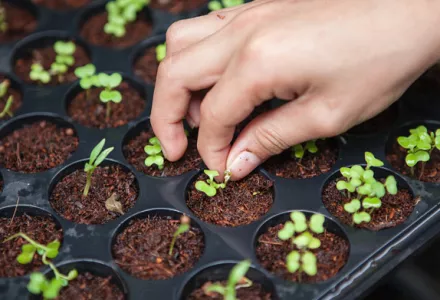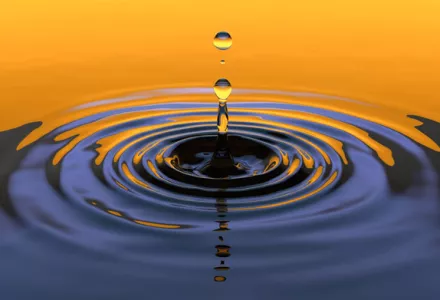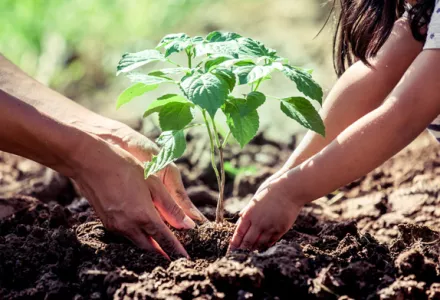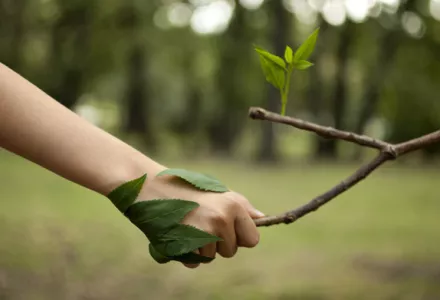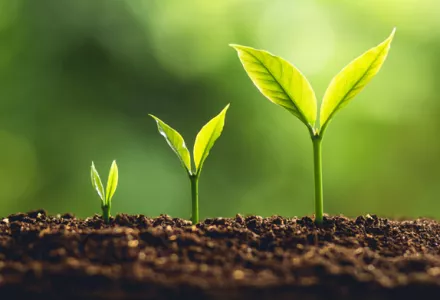Plants have to deal with many less than ideal circumstances that can push the plant to its limit in order to survive. In this article we'll describe the most occurring forms of plant stress.
Environmental stress
Environmental stress or more specifically abiotic environmental stress includes all the non-living environmental factors that can negatively or even harmfully affect the growth and productivity of plants. A lot of scientific research has been done on drought stress, effects of flooding or submergence, salinity stress and extreme temperatures (both high and low). But for growers well known issues as high light intensities and deficits of inorganic nutrients (for example nitrogen, phosphorus, potassium) are included. The main reason for this would be their key roles in producing yield loss of agricultural or industrial crops worldwide.
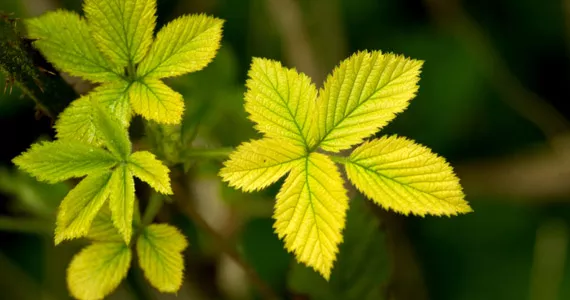
Mechanical Stress
One of the stress types that occurs as soon as you enter your greenhouse or field is mechanical stress. Plants in general are very sensitive to mechanical stress. Experienced growers may know that if they walk through their fields or touch their plants too often, this can result in shorter plants. It can also lead to tissue injury, which is a potential entry point for diseases. Differences in air movement, vibrations or too frequent handling of plants can all cause mechanical stress. Shaking or flexing a plant for just a few minutes each day can reduce stem elongation and the weight of the plant, both fresh and dry.
This has also been studied in lab conditions, where young Arabidopsis thaliana (Rock cress) plants were subject to stem rubbing a couple of times daily. This resulted in shorter plants compared to the control group, which were not touched (see picture 1).
Mechanical stress cannot be prevented completely, but keep in mind when visiting your plants, either indoors or in the field, that they will be affected by your visit. So keep direct contact with your plants to a minimum.
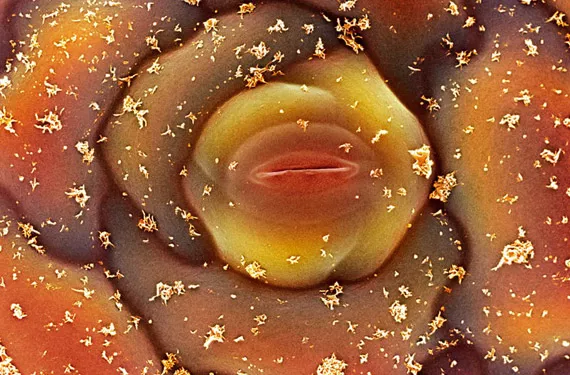
Drought stress
On sunny, dry days, or when the light in a greenhouse is very intense, plants may wilt because the rate of water loss through transpiration exceeds the rate at which the root system is absorbing water from the soil. In other words, there is not enough moisture in the soil, which can greatly inhibit plant growth. However, plants have control systems that enable them to cope with less extreme water deficits.
Many of a plant’s responses to a lack of water help it to conserve water by reducing the rate of transpiration. A lack of water in the leaves causes guard cells to become less turgid, a simple control mechanism that slows transpiration by closing the stomata. A lack of water also stimulates synthesis and the release of abscisic acid in the leaf; this hormone helps keep stomata closed by acting on the guard cell membranes. The leaves respond to a lack of water in several other ways. Leaves of many plant species, such as grass species, roll into a tube-like shape that reduces transpiration by reducing the area of the leaf surface that is exposed to dry air and wind. Although this leaf response conserves water, it also reduces photosynthesis, which is one of the reasons why drought diminishes crop yield.
Root growth also responds to a lack of water. The soil or any substrate a plant grows in typically starts to dry from the surface down. This inhibits the growth of shallow roots, partly because cells cannot maintain the turgidity required for elongation. Deeper roots, which are surrounded by moister substrate, are still able to grow. The root system proliferates in a way that maximises exposure to soil moisture, but this demands more of the plants’ energy, which is eventually lost for potential yield.
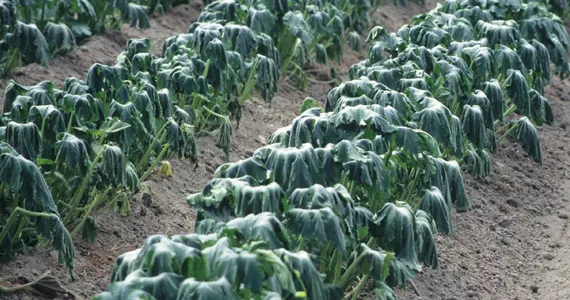
The key to drought stress (or lack of water) is to protect the plant from drying out while maintaining photosynthesis. Closing the stomata results in decreased carbon dioxide availability for the plant. And the chemical reactions of the photosynthesis system cannot be switched off on demand, unless the light source is switched off, of course. A shortage of carbon dioxide due to the closure of the stomata results in a build-up of free radicals in the chloroplasts. A complex cascade of chemical reactions, called signal transduction, is responsible for this. The plant responds to these free radicals by producing antioxidants to neutralise them. Without going into too much detail, some plant hormones and free amino acids are often involved and help to plant to build up some tolerance to the drought, which was the initial cause of stress to the plant.
A grower may experience that, as soon as the drought stress is over, wilted leaves seem to recover quickly. However, within a few days to a week the affected plants will show leaf senescence. This is actually a process in which the leaves age rapidly and become yellowish because the chlorophyll has broken down. This is partly a result of irreversible damage by the free radicals mentioned earlier.
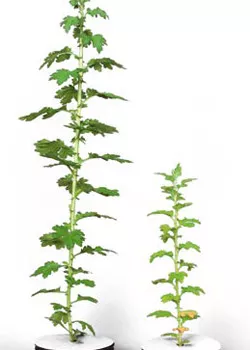
Over-watering
Over-watering a plant can kill it more quickly than lack of water. In waterlogged soil there is not enough oxygen for the roots. This is because oxygen diffusion through water is about 10,000 times slower than through air. Without oxygen, anaerobic respiration occurs in the roots, producing toxic compounds in the plant. The symptoms of overwatering also include wilting, yellowing of leaves, root rot and stunted growth.
The central issue in over-watering is oxygen deprivation. This triggers many plant species to produce ethylene, which causes some cells in the root to undergo apoptosis - the process of controlled cell death. The destruction of these cells creates air tubes, which can fill with air from the sections of the plant that are above ground. In this way, roots can receive the necessary oxygen even when the soil is still too wet to contain enough air.
The mechanism described above may help in crops such as corn or rice, but most commercial greenhouse crops are not able to maintain the internal oxygen levels. The roots start to rot fast and even if the grower responds quickly to water-logged substrate, the yield loss can be devastating.
Salt stress
An excess of sodium chloride or other salts in the soil threatens plants for two reasons. First, by lowering the water potential of the substrate, salt can cause a water deficit in plants even though there is plenty of water in the soil. As the water potential of the substrate becomes more negative, the water potential gradient from substrate to roots is lowered, thereby reducing water uptake. Another problem with saline substrates is that sodium and certain other ions such as chloride become toxic to plants when their concentrations are so high that they overwhelm the selective permeability of the root cell membranes. In other words, the plant is unable to selectively absorb the right nutrients, and only the sodium is taken up by the plant.
Many plant species can respond to moderate substrate salinity by producing solutes that are well tolerated at high concentrations. It has been demonstrated that strawberry is able to produce 'phenolic compounds'. These compounds are believed to restore or maintain the water potential of plant cells, as compared to the substrate, without admitting toxic quantities of salt. This is only a temporary aid, however, because production losses will occur. If the salt stress takes too long, the plant will eventually die.
Heat stress
Extreme heat can damage plants directly, but usually heat damage occurs through increased water loss and plant drought stress. Plants can also become sunburned when shaded foliage is exposed to sunlight during hot, dry periods. When temperatures are extremely high, plants need to bring water from the roots to the leaves and stems. This water then exits the plant through the stomata as water vapour - a process known as transpiration. Transpiration cools the leaves and other plant parts and prevents damage from heat stress. However, if there is not enough water for this process, the plant will sacrifice some of its leaf surface, allowing it to burn up.
Cold and frost damage
Cold and frost are major causes of crop damage in tender plants, although hardy plants can also suffer if new growth is exposed to a hard frost following a period of warmer weather. Symptoms will often appear overnight, and can affect many types of plants. Leaves and stems may turn black, and buds and flowers may become discoloured. Some flowers that have been affected by frost may not produce fruit.
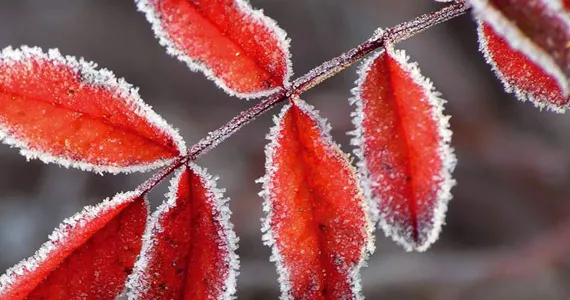
Chemical damage
Any kind of chemical applied at the wrong dosage or at the wrong time is capable of damaging the plant physically. Most chemical damage comes from pesticides applied excessively, at the wrong time or during the heat of the day. Careless use of herbicides may also inadvertently damage or kill non-target plants. Spray drift is often a cause of unintentional damage to plants. Chemical damage may appear as red, yellow or brown spots on leaves, leaf tips turning brown, stunted or misshapen plants or widespread browning and death.
In this article we have tried to describe the most important plant parts and their role in some of the most obvious environmental stresses that plants may suffer from. However, the world is much more complex than this. As we have seen in this article roots, leaves (especially the stomata) and the photosynthesis used in apparatus play crucial roles in the specific response of a plant to a stress situation. These responses are often remarkably similar, such as the plant's response to drought stress or salt stress. Both situations result in a reduction in the plant's capacity for water uptake.
A lot of research is currently being carried out into exactly which processes underlie the plant's perception of stress factors and which chemicals in the plant are crucial in making the plant more tolerant to the various forms of environmental stress.
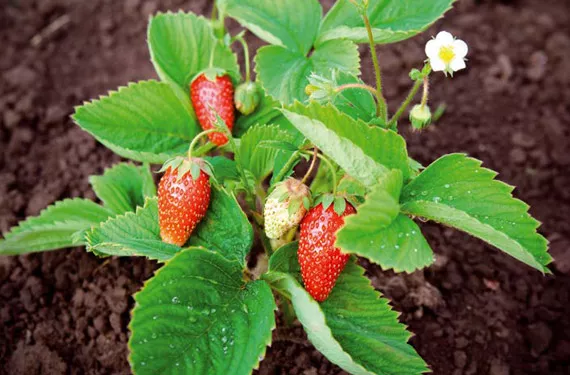
Further readings:
- Salisbury & Ross, Plant Physiology, 4th edition, 1992
- Campbell, Biology, 9th edition, 2011
- Abscisic acid mediated leaf phenolic compounds, plant growth and yield is strawberry under different salt stress regimes, Salma Jamalian; Mansour Gholami;
- Mahmood Esna-Ashari, Theor. Exp. Plant Physiol. vol.25 no.4 (2013)
- Osakabe Yuriko, Osakabe Keishi, Shinozaki Kazuo, Tran Lam-Son Phan, Response of plants to water stress, ResFront. Plant Sci. (2014)


